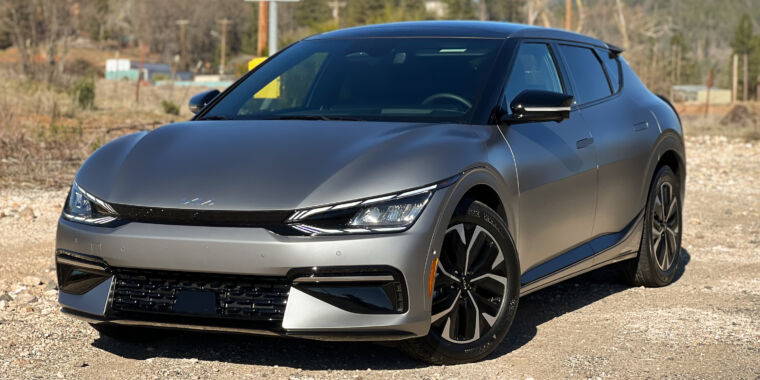
Monitors with high refresh rates are able to depict fast-paced action more smoothly than standard 60 Hz monitors. Today’s screens can go as high as 360 Hz, but BOE, a Chinese electronics company, is working on increasing speeds to 500 Hz. And it has the prototype to prove it.
Today’s PC monitors typically use a thin film transistor (TFT) array made with amorphous silicon, the same type of non-crystalline material found in products like solar cells. According to a report spotted by Tom’s Hardware and Wccftech from a Chinese publication on Sina.com, BOE, whose business includes making display panels for smartphones and tablets for the likes of LG and Apple, has been working on making it more efficient to replace the silicon TFT active layer with an oxide TFT one, allowing the company to make a monitor prototype that can refresh 1920×1080 pixels 500 times per second.
“Oxide semiconductor display technology has the advantages of high mobility, low off-state current, simple process technology, and large size, which can meet the dual needs of future product quality improvement and energy consumption reduction and has become an inevitable trend in technology and market development,” the Sina.com report reads, based on a Chinese-to-English translation by Google.
The display panel maker is reportedly able to use oxide TFT LCDs to fight bright spots, increase panel reliability, and reduce power consumption by as much as 15 percent. However, Sina.com’s report pointed to various types of displays BOE is working on, including a 13.3-inch 4K one, so it’s unclear if all these features carry over to the 500 Hz prototype.
BOE didn’t disclose plans to actually release the 500 Hz monitor, so don’t go throwing away your 360 Hz panel just yet. But the company did share a video claiming to depict a “500Hz+” 27-inch monitor. The monitor’s 1920×1080 resolution isn’t surprising, as groundbreaking refresh rates will be harder to reach with the additional pixels of, say, QHD or 4K resolution. According to the video, the 500 Hz monitor also uses the 8-lane Embedded DisplayPort (eDP) standard and 8-bit color.
Again, it’s unclear if we’ll ever see a 1080p at 500 Hz monitor available for purchase. And we’d need graphics cards with enough power (and availability) to make it all worth it. It would also be interesting to see how much of an immediate difference 500 Hz would make visually compared to today’s fastest monitors, which are already very impressive. Once you go from 60 Hz to 144 Hz, it’s hard to go back, and moving to 360 Hz brings even finer enhancements to speedy scenes and games.
Should BOE bring its 500 Hz panel to market, it wouldn’t be the first time we’ve seen oxide TFT technology used in monitor development. For example, in 2011, Samsung used an oxide TFT-LCD to make a 4K monitor prototype that ran at 240 Hz, something the company is realizing with the Odyssey Neo G8 32-inch gaming monitor this year.
For now, 500 Hz is still out of reach, giving our eyes time to adjust to the possibility.








